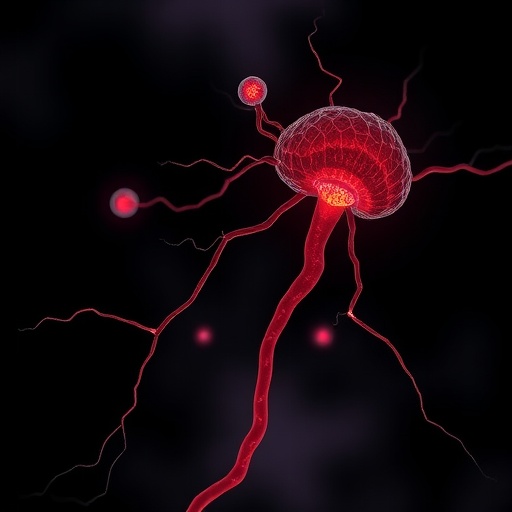New research published online in The FASEB Journal suggests that a novel therapeutic target called LPCAT2 may prove effective against pain that is not receptive to the current treatments. This study has also revealed the existence of a platelet alleviating factor (PAF) pain loop, suggesting a possible role for PAF-receptor antagonists.
"We hope this finding contributes to relief from neuropathic pain in all people," said Hideo Shindou, Ph.D., vice project leader at the Department of Lipid Signaling, National Center for Global Health and Medicine, in Tokyo, Japan. "We hope this candidate newly categorized analgesic drug will resolve human pain."
To make their discovery, Shindou and colleagues conducted experiments using two groups of mice. The first group (LPCAT2-KO mice) had a disrupted LPCAT2 gene, which normally encodes the synthesis of PAF. The other group consisted of normal mice. The researchers induced a partial sciatic ligation (PSL) model of neuropathic pain in both groups of mice. The PSL operation increased pain behaviors in WT mice, but not in LPCAT2-KO mice. These findings present a new concept of analgesic drug development for neuropathic pain through the inhibition of PAF biosynthetic enzyme, LPCAT2, and reevaluation of PAFR antagonists.
"The exciting thing about this discovery is that the results were unanticipated" said Thoru Pederson, Ph.D., Editor-in-Chief of The FASEB Journal. "One has the sense that a new door has been opened to the therapeutics of neuropathic pain."
###
Submit to The FASEB Journal by visiting http://fasebj.msubmit.net, and receive monthly highlights by signing up at http://www.faseb.org/fjupdate.aspx. The FASEB Journal is published by the Federation of the American Societies for Experimental Biology (FASEB). It is the world's most cited biology journal according to the Institute for Scientific Information and has been recognized by the Special Libraries Association as one of the top 100 most influential biomedical journals of the past century.
FASEB is composed of 30 societies with more than 125,000 members, making it the largest coalition of biomedical research associations in the United States. Our mission is to advance health and welfare by promoting progress and education in biological and biomedical sciences through service to our member societies and collaborative advocacy.
Details: Hideo Shindou, Seiji Shiraishi, Suzumi M. Tokuoka, Yoshikazu Takahashi, Takeshi Harayama, Takaya Abe, Kana Bando, Kanako Miyano, Yoshihiro Kita, Yasuhito Uezono, and Takao Shimizu. Relief from neuropathic pain by blocking of the platelet-activating factor-pain loop. FASEB J. doi:10.1096/fj.201601183R ; http://www.fasebj.org/content/early/2017/03/24/fj.201601183R.full.pdf+html
Media Contact
Cody Mooneyhan
[email protected]
301-634-7104
@fasebopa
http://www.faseb.org
############
Story Source: Materials provided by Scienmag




